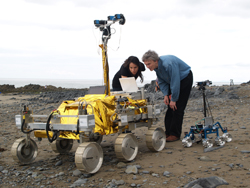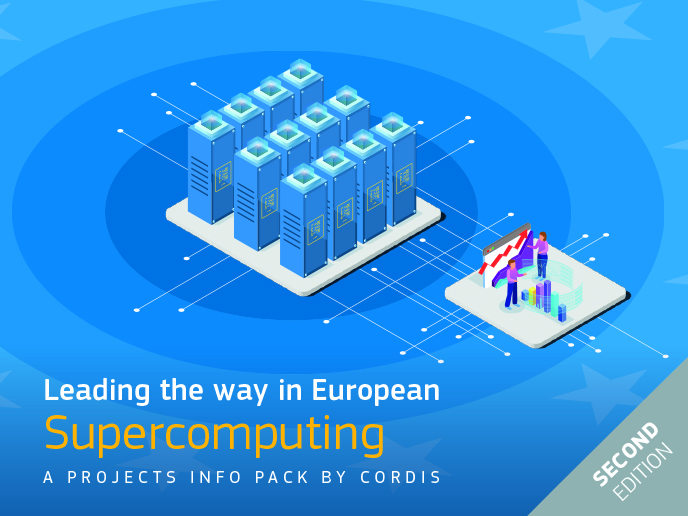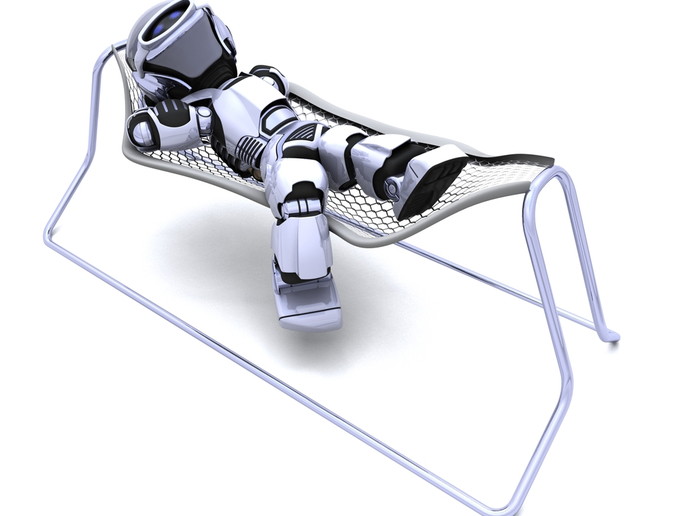Improving vision processing for space missions
When unmanned space missions explore planets they have a limited time frame within which to collect data from surface or aerial vehicles. Improvements to their imaging capabilities can therefore maximise the information that researchers are able to collect from planetary surfaces. An EU-funded research project, 'Planetary robotics vision ground processing' (PROVISG) worked to improve on the processing of vision data collected by robotic planetary missions. With a team from Europe and the United States working together, the project created a new approach to processing three-dimensional (3D) space mission imagery through the development of a Planetary Robotic Vision Processing (PROVIP) chain. The project collected relevant information on vision sensor data and their processing by various partners, and integrated them into a functional interface. This made use of existing data structures and created new tools where necessary. They improved vision-processing technologies in areas including multi-view reconstruction, shape from shading and rock segmentation. Another part of the project created a web-based geographical information system (GIS) platform that enables immersive access to the vision data coming from planetary missions. Project members carried out demonstrations of their innovations in field tests in the barren landscape of Tenerife island and published numerous research papers on their findings. A public website has enabled wider understanding of the work of space missions. PROVISG will help to maximise the use of data collected from space missions. Due to the complexity of the planetary robotics vision, it can substantially improve on the state of the art in terrestrial applications.







